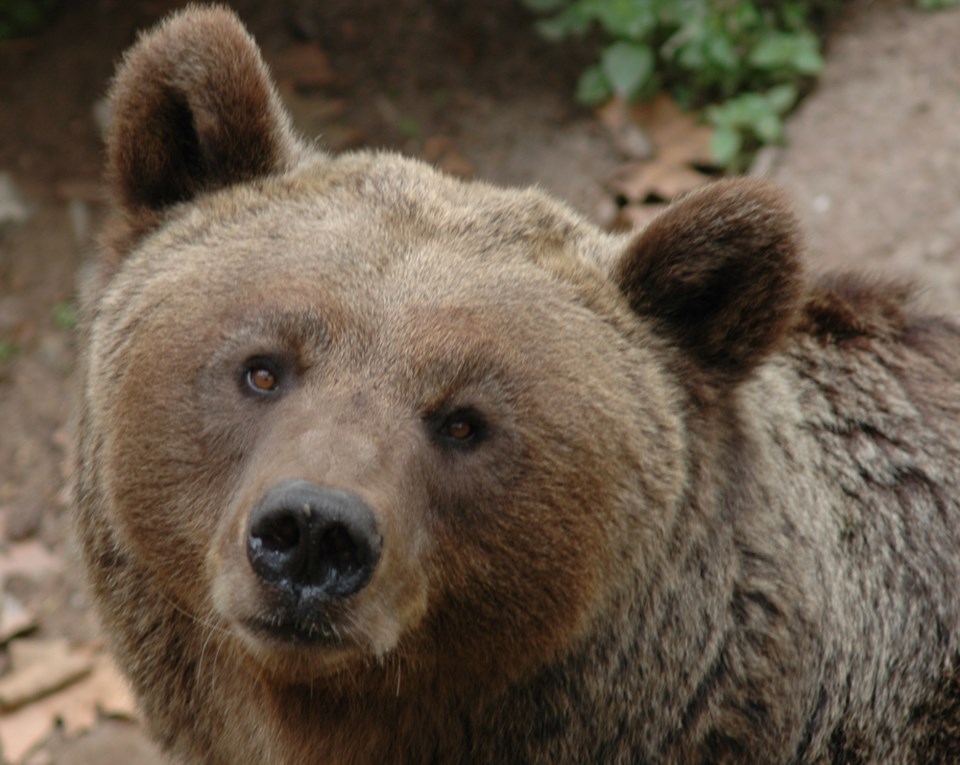
In the past six months, the Foothills Research Institute found three of its collared research bears shot and killed.
All three were found dead near industrial roads in west central Alberta, and Gordon Stenhouse, research scientist and program lead for the institute’s grizzly bear program, said the bears weren't killed for meat, fur or other materials.
In fact, Stenhouse said, right now the institute has no idea why the bears were killed. He pointed out bears that live near roads are more likely to be killed, but noted that does not account for the mysterious gunshot wounds.
One of the bears was a mother with two young cubs. The cubs’ fate in the wake of their mother’s death is now uncertain.
“We don’t understand it at all, we don’t know,” Stenhouse said, adding that the provincial government is still investigating the deaths.
The shootings happened during a year when more grizzly bears have been killed than any other year since 2003.
So far this year 29 bears have been killed, compared to 15 last year. Stenhouse pointed out that those numbers only reflect the dead bears that are found. He said it’s quite likely more bears have been killed that will never be discovered.
He pointed out the only reason he and his colleagues found the three dead bears was because the animals were wearing GPS tracking collars that alert researchers when the bears haven’t moved for a long period of time.
“We’re not very good at finding the ones we don’t know about,” Stenhouse said.
While the deaths are still under investigation, Stenhouse explained that, just as in previous years, nearly all of this year’s 29 grizzly deaths will almost certainly be attributed to humans.
In 2010, the provincial government listed grizzly bears as a threatened species after a count found only 700 of the animals in the province.
Although the three shot bears weren’t found in Jasper, the significant number of grizzly deaths in Alberta this year highlights the importance of Parks Canada’s conservation efforts.
Right now in Jasper, Parks is developing an action plan for the Maligne Valley and it is also considering Maligne Tours’ conceptual proposal to develop overnight accommodation at Maligne Lake.
The Maligne area is grizzly habitat, and some environmental advocates have questioned the impact such a significant development will have on wildlife in the area.
In a letter addressed to Supt. Greg Fenton, the Jasper Environmental Association said the Maligne Valley’s preservation is becoming increasingly important, as grizzly habitat in Alberta is fragmenting.
“Upwards of over 100 visitors in the [Maligne Valley] area in the evenings can only have an adverse effect in the important crepuscular time of day for wildlife,” the letter reads, adding that grizzly bears have been repeatedly observed near hiking trails by the Maligne day-use area.
At press time, Parks Canada was unable to comment on how this year’s high number of grizzly bear deaths will impact Parks’ Maligne Valley Implementation Strategy or its decision on Maligne Tours’ proposal.
Trevor Nichols
[email protected]
